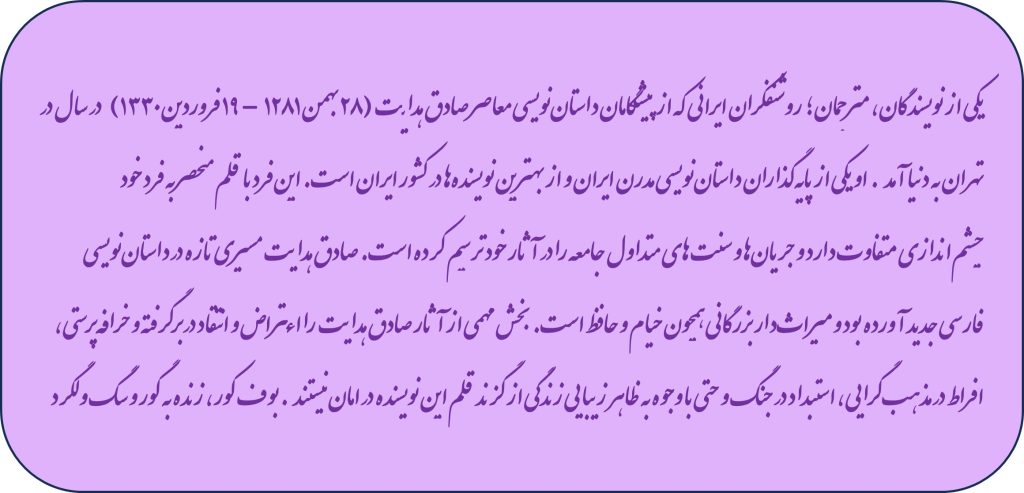Ferdowsi

Abul-Qâsem Ferdowsi Tusi (940 – 1019/1025) is an Iranian epic poet renowned for writing a globally famous book called the “Shahnameh” (The Book of Kings). He played a significant role in preserving Middle Persian, the official language of Iran during the Sassanian era and a continuation of Old Persian, saving it from extinction. In his youth, he was wealthy and financially secure, but in his old age, he speaks of poverty and hardship. Ferdowsi is recognized as the greatest poet and creator of Persian literature, enjoying global fame and acclaim for his work on the “Shahnameh,” which is considered the national epic of Iran. Due to his valuable contributions, he is also known by titles such as “the Wise Poet” and “the Sage of Tus,” and he is fondly remembered.
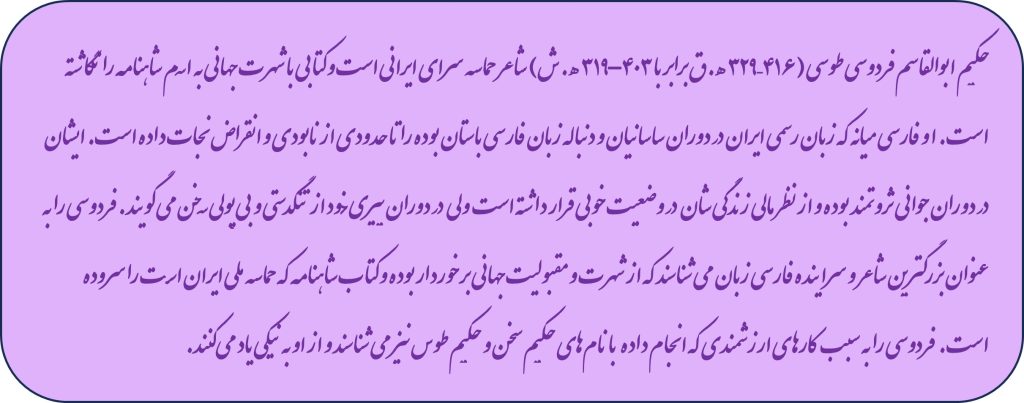
Hafez

Hafez Shirazi is one of the most famous Persian poets, and his ghazals are among his most celebrated works. He lived in the 8th century of the Islamic calendar, but he is still remembered today; his verses are considered some of the finest ghazals in Persian literature. He also wrote poems in other forms, including quatrains, odes, masnavis, and pieces. Hafez’s writing style has a romantic, mystical, and laudatory atmosphere. He skillfully combined romantic and mystical themes through the use of ambiguity. Many scholars describe Hafez’s ghazals as having a “disordered” style. Interpreting Hafez’s poetry is quite challenging, and many people have debated his writings, resulting in numerous differing opinions.
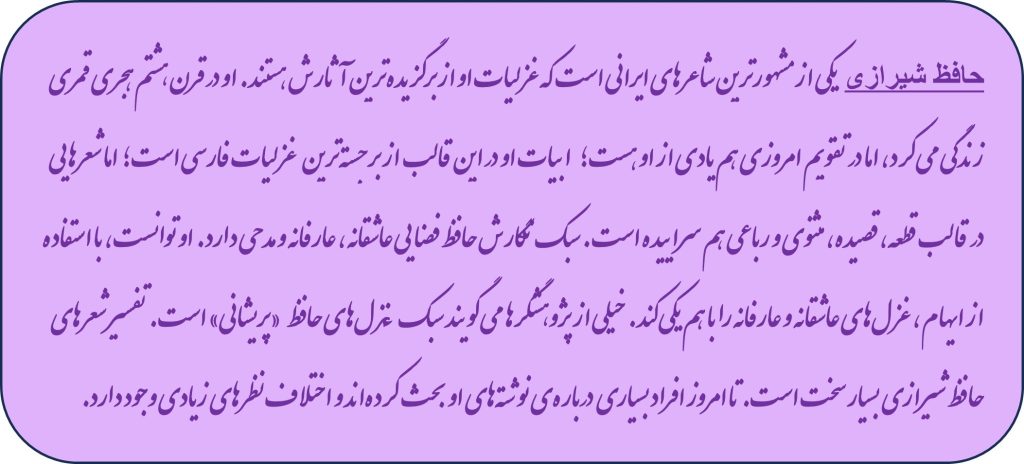
Molavi
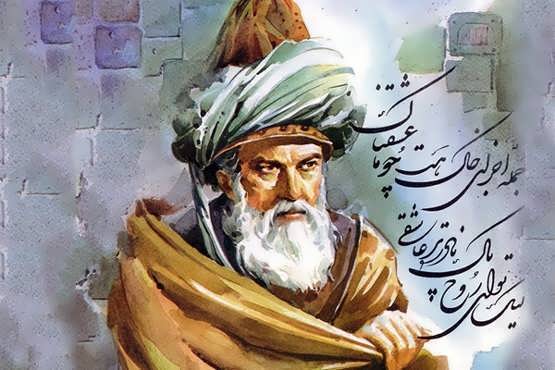
Jalal al-Din Rumi, known as Molavi, lived in the 7th century of the Islamic calendar and the 13th century CE. He was born in 604 AH (AD 1207) in Balkh. Rumi was a Persian-speaking poet, but his works also include Arabic, as well as limited phrases in Greek and Turkish. Rumi’s writings are divided into two categories: prose and poetry. For many years, enthusiasts of mysticism and philosophy have recognized Rumi’s works as some of the best sources for wisdom and spirituality. The works of Jalal al-Din Rumi, known as Molavi, have been translated into many languages, sparking the interest of numerous scholars worldwide in Eastern mysticism and Oriental studies. For many people around the world, Rumi’s poetry serves as a gateway into the culture of Persian speakers and the East.
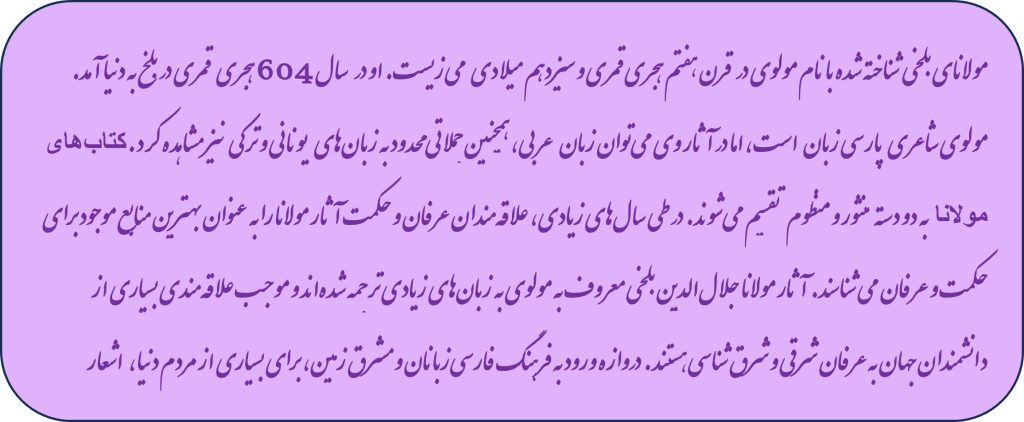
Sa’di
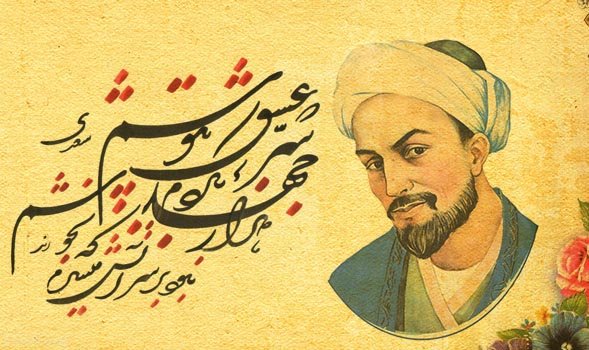
Saadi was born in Shiraz in 1210 and died in Shiraz 1291 or 1292. From an early age, he was engaged in the pursuit of knowledge and literature. After completing his studies, he traveled to various cities. After several years, Saadi decided to return to his hometown of Shiraz. From that point on, he never left Shiraz and remained there for the rest of his life. Saadi wrote various works, including “Bustan” (The Orchard), “Golestan” (The Rose Garden), and his ghazals. The most important works of Saadi are “Golestan” and “Bustan.” “Bustan” was composed earlier than “Golestan” and is written entirely in verse, while “Golestan” features both rhymed prose and verse and was completed about a year after “Bustan.” Both books use very simple and fluent language. Another well-known work of Saadi is “Ghazals of Saadi,” which collects all of the ghazals of this esteemed poet.

Khayyam

Omar Khayyam Nishaburi (1048 –1131) was a philosopher, mathematician, astronomer, poet, and designer of the Jalali calendar, renowned worldwide. Khayyam was exceptionally intelligent, with a powerful memory, and possessed extensive knowledge not only in mathematics and astronomy but also in philosophy, religion, history, calendrical systems, and music. Thus, he can be considered a polymath and the greatest scholar of the fifth century. Although Khayyam’s scientific achievements surpass his literary contributions, his quatrains (rubaiyat) have gained global fame. His quatrains have been translated into many living languages, with Edward FitzGerald’s English translation being particularly notable.
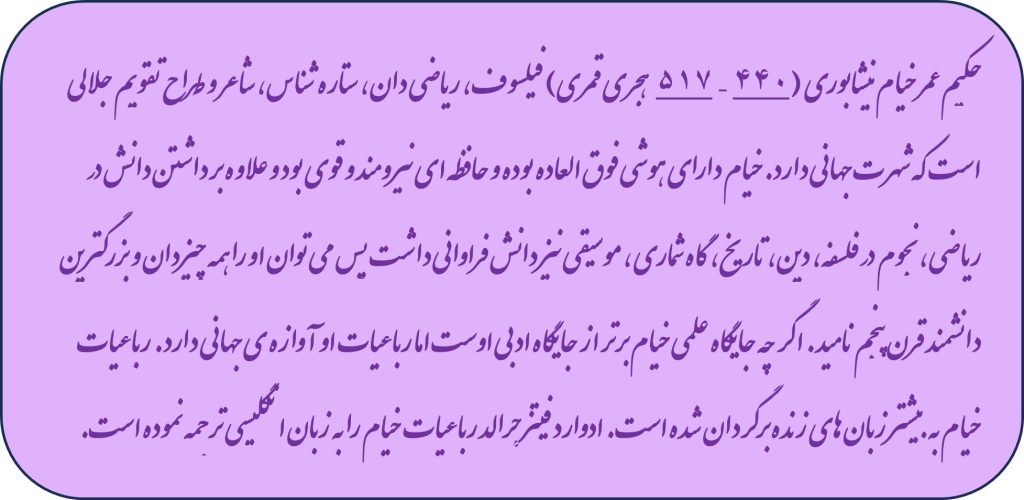
Forugh Farrokhzad
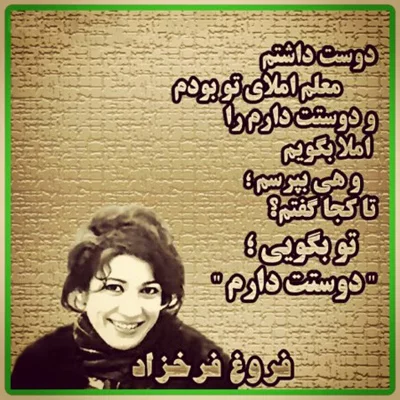
Forough Farrokhzad (December 29, 1934 – February 13, 1967) was a poet and filmmaker, and one of the most important pioneers of modernist poetry in the Nimaic style. She is recognized as a bold poet who, in an era when women had limited social lives, introduced a feminine perspective, emotions, and voice into Persian literature. There is no doubt that Forough Farrokhzad, alongside greats like Nima Yushij, Mehdi Akhavan-Sales, Ahmad Shamlou, and Sohrab Sepehri, stands as one of the towering figures of contemporary Persian poetry. Tragically, she lost her life in a car accident while driving her husband Ebrahim Golestan’s car at the height of her literary and cinematic successes.
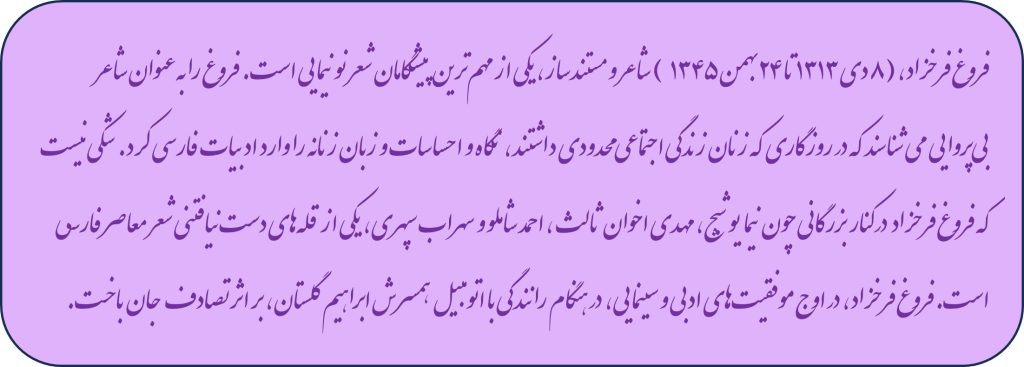
Sadegh Hedayat
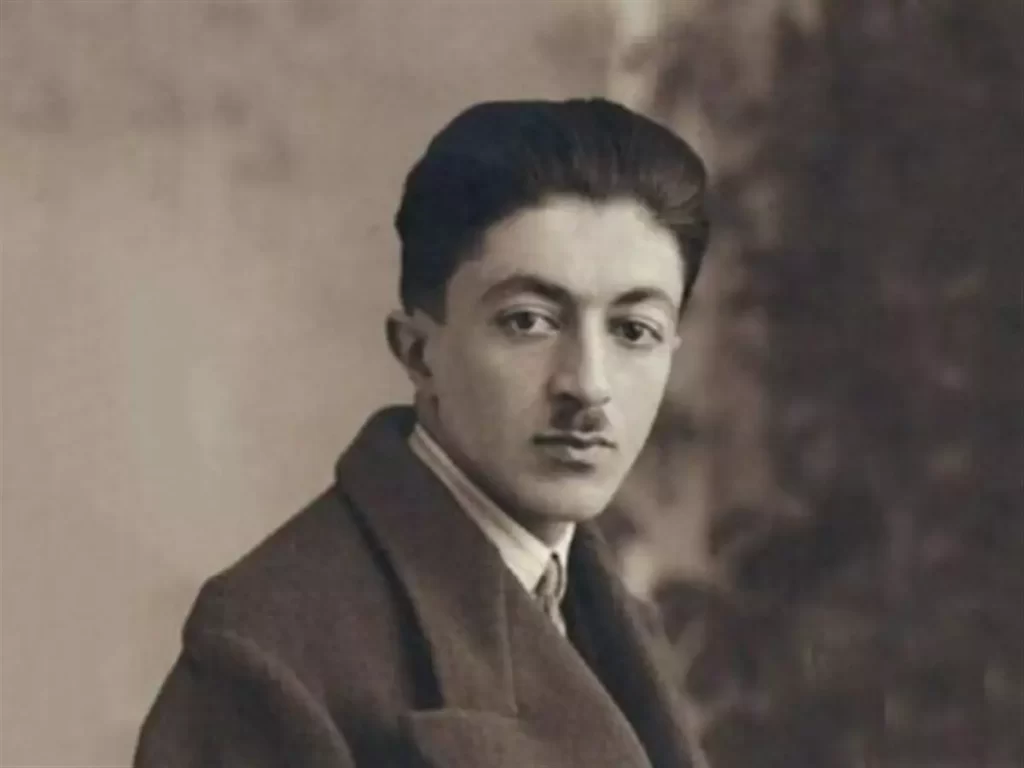
One of the prominent Iranian writers, translators, and intellectuals, Sadegh Hedayat (17 February 1903 – 9 April 1951) was a pioneer of contemporary storytelling, born in Tehran. He is considered one of the founders of modern fiction in Iran and one of the best writers in the country. With his unique writing style, he offers a different perspective and depicts the prevailing currents and traditions of society in his works. Hedayat brought a fresh approach to Persian storytelling and is regarded as an heir to great figures such as Khayyam and Hafez. A significant portion of Hedayat’s works encompass protest and critique, addressing issues like superstition, religious extremism, tyranny in war, and even the seemingly beautiful aspects of life, all of which are vulnerable to his pen. “The Blind Owl,” “Alive Buried,” and “The Stray Dog” are among his best-known fictional works, which have been translated into several living languages. He is also the first Iranian to translate texts from Middle Persian (Pahlavi) into modern Persian.
